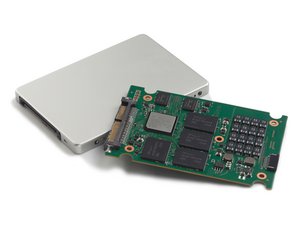External SSD macOS boot drive questions.. what files/apps MUST come?
Ok, so I’m running a 2017 iMac w/ an internal 1 Tb SATA drive. I wanted some extra firepower, namely when using iMovie, so I followed the advice of native ifixit’ers and bought an external SSD (500 Gb Samsung T5) and installed Catalina onto it.
Everything is working great so far, except for a couple questions I have—more out of curiosity than anything:
- I just noticed that “Adobe Flash Player” isn’t being recognized/utilized from my internal SATA drive—as I just was scrolling a website, and got the ol’ “This content requires the Adobe Flash Player” message.
- I’m still learning and am a n00b, but what applications/files MUST “come with” (ie. be transferred or copied over to the external boot drive), not for the greatest efficiency, but merely for fluid operability (ie. doesn’t require me opening up the applications folder of my Mac HD and open manually each time I want to use it)?
- If something is “necessary” on the external boot drive, then I should most likely just uninstall it from my internal SATA drive then too, right?
- In order to gain the most from an external SSD boot drive, what which apps/files would be best suited IN the SSD, as opposed to stored in the internal SATA?
- I remember reading something about “the more data you have on the SATA drive, the slower the overall mac system will run” (this was referring to without an external boot drive)—I’m wondering if this applies to the external SSD as well, and if so, what “limit” should I not surpass in order to gain the greatest performance benefit?
- also WHILST having the external boot SSD, does the capacity of my internal SATA even modulate the performance of my iMac at all anymore, or could I theoretically max it out with data (videos mostly) without negating overall performance/speed?
- Kind of a side stream question, but with so much cloud availability now a days—is there a downside to storing almost everything in the cloud (except for my applications/software)? I’m just thinking in the long-term, because it would almost be unnecessary to ever purchase another physical drive again.. just my external boot, and a ton of cloud storage! hypothetically speaking of course.
I know the answers to some of these specific questions probably overlap haha, but I appreciate any feedback! Cheers!
Esta é uma boa pergunta?


 4
4 
 338
338  974
974